orario museo
lunedì chiuso
da martedì a domenica 11 – 19
la biglietteria è aperta fino a un’ora prima della chiusura del Museo
- intero € 15 in biglietteria - € 14 online
- ridotto € 12 in biglietteria - € 11 online
– per i giovani da 18 a 25 anni (non compiuti);
– per gruppi a partire da 15 persone;
– possessori biglietto d’ingresso La Galleria Nazionale, Museo Ebraico di Roma;
– con esibizione della tessera o badge di riconoscimento: Accademia Costume & Moda, Accademia Fotografica, Biblioteche di Roma, Centro Sperimentale di Cinematografia, Enel (per titolare badge e accompagnatore), FAI Fondo Ambiente Italiano, Feltrinelli, Gruppo FS, IN/ARCH Istituto Nazionale di Architettura, Sapienza Università di Roma, LAZIOcrea, Palazzo delle Esposizioni, Amici di Palazzo Strozzi, Accademia Nazionale di Santa Cecilia, Scuola Internazionale di Comics, Teatro Olimpico, Teatro dell’Opera di Roma, Teatro di Roma, Università degli Studi di Roma Tor Vergata, Youthcard; - promo agosto residenti Lazio € 7
valida dal 1° al 31 agosto con esibizione di un documento d’identità che attesti la residenza nella Regione Lazio
- open € 18
valido per un anno dalla data di acquisto
- gratuito
– minori di 18 anni;
– possessori della card myMAXXI;
– il giorno del tuo compleanno presentando un documento di identità;
– con esibizione di EU Disability Card o lettera di accompagnamento di associazione/ente ospitante: persone con disabilità e accompagnatore, persone con lo spettro autistico e accompagnatore, persone sorda, persone con disabilità cognitive e bisogni comunicativi complessi e caregiver, persone affetta da patologie gravi e loro caregiver, ospiti di centri di prima accoglienza e antiviolenza e operatori accompagnatori, residenti di comunità terapeutiche e operatori accompagnatori;
– dipendenti MiC;
– giornalisti che possano comprovare la propria attività;
– accompagnatori e guide turistiche dell’Unione Europea, munite di licenza (rif. circolare n.20/2016 DG-Musei);
– 1 insegnante ogni 10 studenti;
– soci AMACI;
– membri CIMAM International Committee for Museums and Collections of Modern Art;
– membri ICOM;
– da martedì a venerdì (esclusi festivi) studenti e ricercatori universitari di storia dell’arte e architettura dell’Unione Europea, studenti delle accademie di belle arti pubbliche (iscritte AFAM) e studenti Temple University Rome Campus;
– docenti IED Istituto Europeo di Design, docenti NABA Nuova Accademia di Belle Arti, docenti RUFA Rome University of Fine Arts;
– con esibizione della tessera o badge di riconoscimento: Collezione Peggy Guggenheim a Venezia, Castello di Rivoli Museo d’Arte Contemporanea, Sotheby’s Preferred, MEP. Maison Européenne de la Photographie;
Collezione
La Collezione di arte e architettura del MAXXI rappresenta l’elemento fondante del museo e ne definisce l’identità. Da ottobre 2015 è esposta con diversi allestimenti di opere.
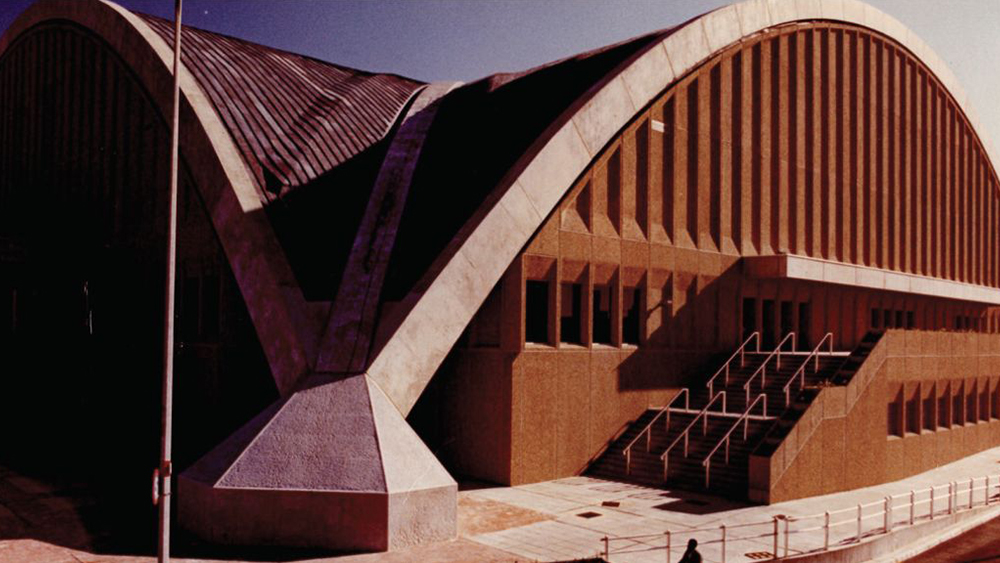
altri eventi in arrivo
18 Set 2025 ore 18:00
libri al MAXXIPiù turismo per tutti?di Edoardo Colombo e Paolo Verri
24 Set 2025 ore 17:00
MAXXIperTUTTIIl Museo si raccontavisite guidate in LIS
25 Set 2025 ore 19:00
Le ConversazioniRoberto Andòcon Antonio Monda
26 Set 2025 ore 19:00
musicaThe Scoop Jazz Band Noi e lo stadio





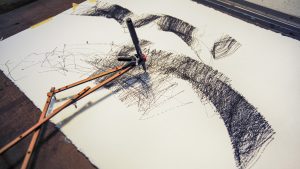





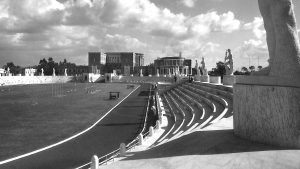


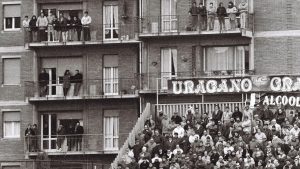
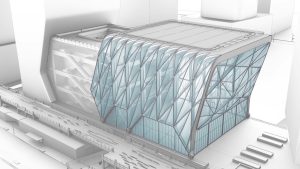

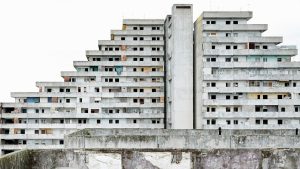







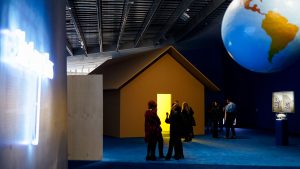







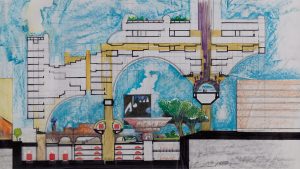
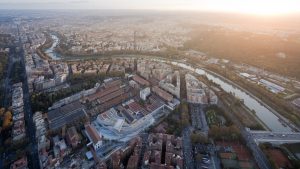
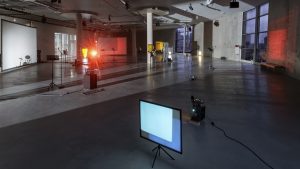
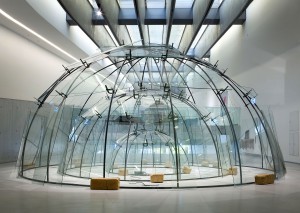
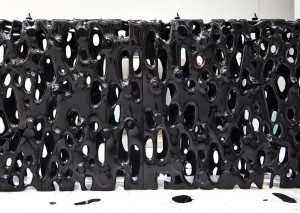
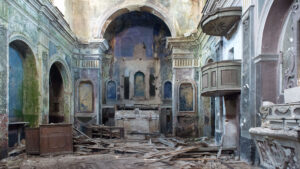




Zeitz Museum of Contemporary Art Africa – Cape Town, South Africa
Una lecture di Micaela Antonucci e Gabriele Neri dedicata a uno dei progetti più importanti di Pier Luigi Nervi
Il Good Hope Centre di Città del Capo è un eccezionale progetto del grande ingegnere e architetto italiano, riconosciuto a livello internazionale come uno dei maestri del Novecento nel campo dell’architettura strutturale e dell’edilizia civile. I primi contatti tra Pier Luigi Nervi e la capitale del Sudafrica risalgono al 1964, ma il progetto fu approvato nel decennio successivo e inaugurato nel 1977. È uno dei suoi ultimi lavori e racchiude molte delle celebri tecniche di costruzione e alcune delle sue forme più caratteristiche. Al contempo l’edificio aveva anche un grande valore sociale e politico: dalla sua inaugurazione fu considerato aperto a tutte le razze, raccogliendo le istanze contro la discriminazione nel campo delle offerte culturali.
Concepito da Pier Luigi Nervi negli ultimi anni della sua carriera, in collaborazione con il figlio Antonio, il suo studio e gli architetti locali Colyn & Mering, il Good Hope Centre può essere considerato un notevole esempio del design italiano degli anni ’60 e ’70. Le sue forme sono allo stesso tempo moderne e legate alla grande architettura italiana del passato: la sua copertura, in particolare, è parte del grande processo di reinterpretazione della caratteristica tipologia della cupola in Italia, dal Pantheon a Brunelleschi, da Michelangelo a Borromini.
Micaela Antonucci si è laureata in Storia dell’Architettura presso la Facoltà di Architettura dell’Università di Roma Tre. Dal 2012 è Ricercatore a tempo indeterminato in Storia dell’Architettura presso il Dipartimento di Architettura dell’Alma Mater Studiorum – Università di Bologna, di cui dal 2014 è membro del Collegio del Dottorato di Ricerca in Architettura.
Gabriele Neri ha conseguito un PhD in Storia dell’Architettura e dell’Urbanistica. Dal 2011 svolge attività di ricerca all’Accademia di architettura di Mendrisio ed è professore a contratto di Storia del Design e dell’Architettura al Politecnico di Milano. Collabora con il supplemento domenicale de Il Sole 24 Ore e con la rivista svizzera Archi.
Per maggiori informazioni: www.zeitzmocaa.museum